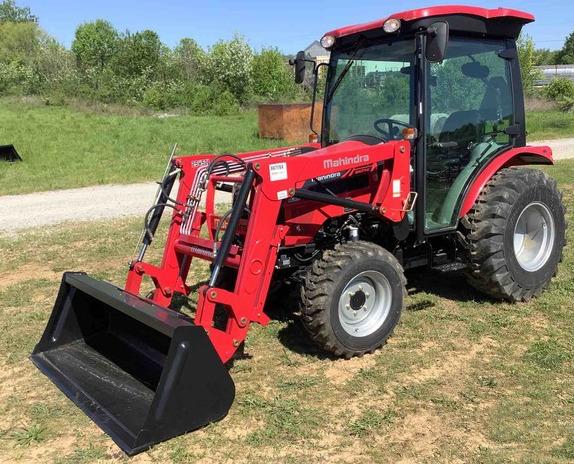
4 minute read
Energy Sense
Five Home Energy Hogs
1. Old fridge or freezer in the
garage: That second fridge or freezer may be costing more than you think. If the model was produced prior to 1990, it’s likely using twice as much energy (or more!) than a newer Energy Star rated model. If it’s located in the garage, it may run constantly in the summer, which could lead to higher electric bills.
2. Cooling or heating an uninsu
lated area: Cooling or heating an uninsulated workshop or garage can be expensive. To give you an example, during a past energy audit the homeowner heated an uninsulated shed to keep several half-empty buckets of paint from freezing. So, he was paying more to keep his paint warm than the paint was even worth. Pet owners have been known to heat and cool an uninsulated garage to keep pets comfortable, not realizing that this might be costing more than heating their actual home. If you really want to heat or cool these types of spaces, they need to be well insulated and heated/ cooled efficiently, perhaps with a ductless mini-split system.
3. Hot tub: The average operating cost of a hot tub is $250 per year. But that amount may be higher if your hot tub is an older, less efficient model, or if you live in a colder climate. A smaller hot tub with better insulation, a cover and a pump that runs on a lower voltage will use less Before buying a hot tub, make sure you’re ready to pay to operate it. The average annual energy cost for a hot tub is $250 a year. Photo Credit: Andrew Holmes.
energy than other models. In the end, getting a ‘good deal’ on a used hot tub may cost more in energy bills in the long run.
4. Swimming pool: If you have a swimming pool, consider installing a smaller, more efficient pump and reducing how often it runs. You can also look at installing a larger filter and maximizing the flow of water through the pipes by making them larger and reducing how sharply the corners turn. These measures could cut your electric use for the pool pump by as much as 75 percent. Consult with a pool installation specialist to find the most efficient setup that will still keep your pool clean. or on a farm, you probably have several pumps, including irrigation, well, septic, and sump. If you’re like most of us, you use those pumps until they break down. Consider replacing the oldest and most-used pumps over time with new, more efficient ones that are sized correctly for their task. Also, make sure you’re eliminating leaks in the water lines, which make your pumps work harder and longer.
If one of these five energy hogs doesn’t explain the difference in energy use between your home and your sister-in-law’s, there are many other possibilities. Try conducting an energy audit, which should give
5. Pumps: If you live on acreage you the answers you seek.


$98 Splash Ad Special Editions: June, July, August, September 2020 Size: 2.25" X 2.25" (this ad is the sample size) Price: $98 ($158 value) Process: Email text and graphic. Free design. Contact Shaylyn Today: 505-252-2540 enchantmentads@nmelectric.coop Payment must be received prior to design work.

Other Local Voices Helped Save "America's Most Historic Scenic Railroad
In the May 2020 enchantment, we published a story on the 50th Anniversary of the Cumbres & Toltec Scenic Railroad. There were, in fact, many individuals, near and far, who helped save the railroad. Chris James, author of the story, writes the following:
Throughout the last half of the 20th century, radio broadcaster Paul Harvey daily told listeners, “The Rest of the Story.” In print journalism, “the rest of the story” is often omitted due to the limitations of page size. Such was the case in the story about the 50th anniversary of the Cumbres & Toltec Scenic Railroad.

While the story focused largely on Carl Turner’s role in saving the railroad from abandonment, other major players including Chama’s first mayor, Edmund (Eddie) Vigil, played equally important roles.
In Vigil’s case, need to “save the narrow gauge” was local: Chama was his home town and he could foresee the economic disaster that would befall Chama and the region if the railroad was abandoned. He, along with other notables in New Mexico and Colorado, including Terry Ross, Ernie Robart, and Hugh and Parker Fowler, chaired committees, lobbied local and state legislators and governors. In the end, the combined local voices helped what is now “America’s Most Historic Scenic Railroad.”










